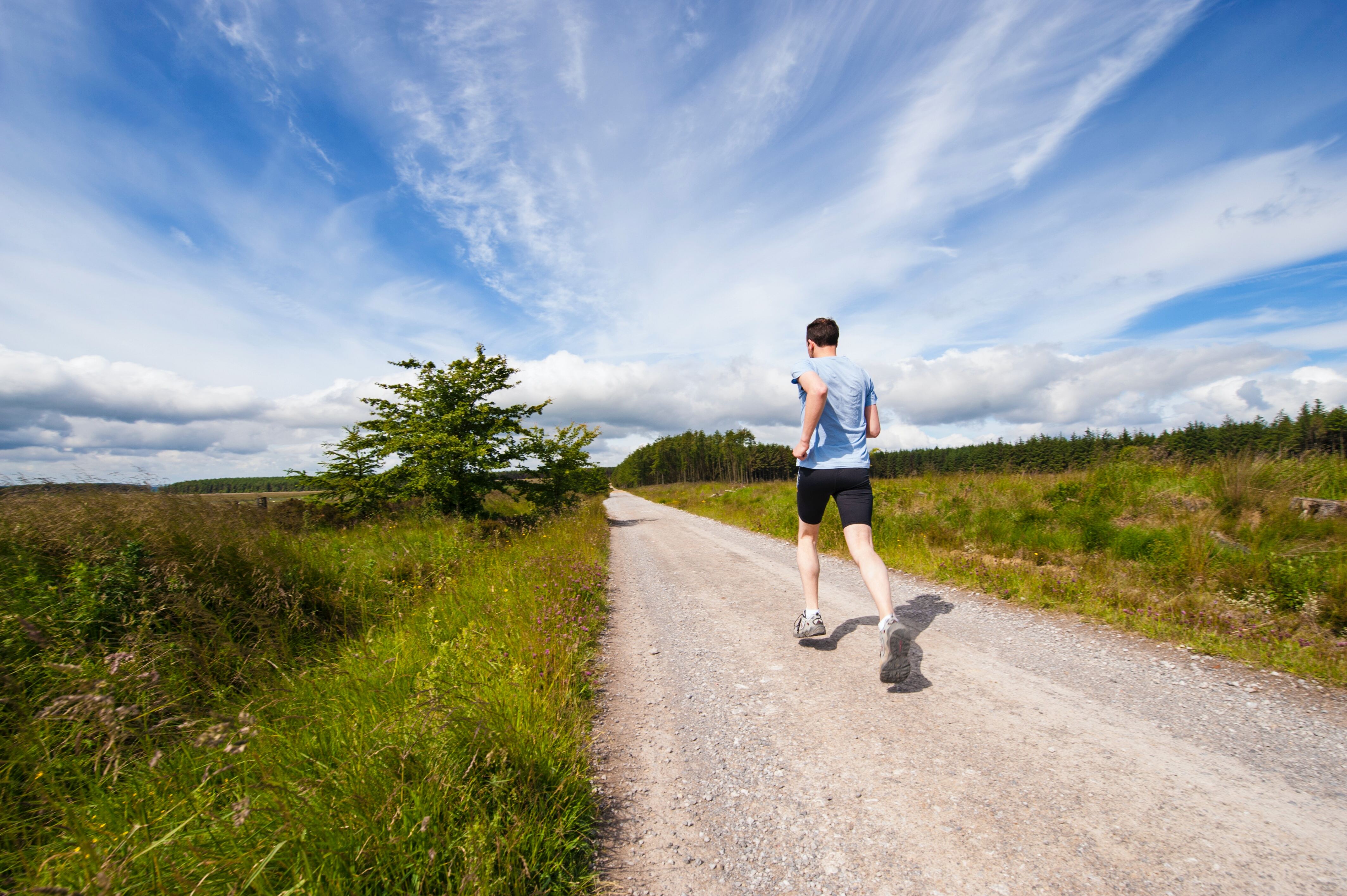From Active-Duty Medical Officer To Gastroenterologist: A Conversation With Dr. Paredes
We caught up with Dr. Paredes to learn more about his work as a gastroenterologist, the biggest misconceptions around Crohn’s disease, and his hopes...
3 min read
![]() Ashley Knapp, RN
:
Oct 5, 2023 9:01:10 AM
Ashley Knapp, RN
:
Oct 5, 2023 9:01:10 AM

Although new treatment options have improved the quality of life for RA patients, the disease can still result in long-term joint damage and disability. This is why it’s so important to incorporate the right forms of physical activity alongside treatment.
Living with rheumatoid arthritis (RA) comes with its fair share of physical challenges, including reduced muscle strength and joint pain. Although new treatment options have improved the quality of life for RA patients, the disease can still result in long-term joint damage and disability. This is why it’s so important to incorporate the right forms of physical activity alongside treatment.
What is rheumatoid arthritis?
Rheumatoid arthritis (RA) is an autoimmune disorder that causes the body's immune system to wrongly target healthy cells, including the joints. Normally, the immune system is meant to defend from outside intruders like viruses and germs, but with RA it doesn’t.
RA risk factors can include age, gender, genetics, and environmental exposure (tobacco use, exposure to air pollution, and occupational exposure).
Benefits of exercise for rheumatoid arthritis patients
Exercise can help improve mood, decrease stress, and increase quality of life for everyone, but research has shown that it’s particularly beneficial in people living with RA.
Helps prevent the development of rheumatoid cachexia
Rheumatoid cachexia refers to an accelerated loss of muscle mass, which contributes to disability and has been reported in a majority of RA patients, including those with stable RA. Although research suggests that it is caused by the cytokine-driven (principally TNF-α) hypermetabolism and protein degradation, there are studies which show that low physical activity levels also contribute to the development of rheumatoid cachexia.
Helps reduce the risk of cardiovascular disease (CVD)
Research shows that RA patients who are physically inactive have a significantly worse cardiovascular risk factor profile (including elevated total cholesterol, higher systolic blood pressure, and low-density lipoprotein levels) compared to physically active RA patients.This is particularly relevant given that one of the causes of reduced life expectancy in RA patients is heart disease.
Helps improve bone mineral density
A sedentary lifestyle puts RA patients at a higher risk of lower bone mineral density (BMD), with additional contributing factors including systemic inflammatory activity and side effects from high-dose oral steroid medications. Combined, this results in radiological changes like bone loss.
One of the ways to deal with BMD is long-term weight “loading” on bones, which can be done through repetitive weight-bearing and/or strengthening exercises.
Helps improve joint health
Joint damage is one of the most pronounced challenges of RA because of how the disease affects ligaments, the main function of which is to passively stabilize and guide the joint through its normal movement.
Research has shown that exercise helps strengthen ligaments, which is why it’s recommended as one of the tools in our RA toolkit to maintain normal ligaments, strengthen the muscle around affected joints, and improve overall joint health and function.
Helps improve overall function
RA patients usually experience fatigue, various forms of disability, severe pain, joint stiffness, and impaired physical function. Although RA is controlled with disease-modifying antirheumatic drugs (DMARDs), RA patients still experience functional limitations which may result in disability. Exercise can help improve some or all of these symptoms, especially function and psychological well-being.
Included on the long list of benefits of a well-designed physical exercise program are:
Exercise contributes to these benefits without worsening disease activity or joint damage.
3 types of exercises recommended for people with rheumatoid arthritis
Low-intensity exercise training in patients with controlled and active, stable RA helps with joint mobility, physical function, and aerobic capacity.
Aerobic activities can include dancing, walking, biking, running, and swimming.
Strength training
The beneficial effects of muscle-strengthening activities in RA patients include:
You can carry out strengthening exercises by using resistance bands, your body weight (push-ups), squats, etc. Hand strengthening exercises have also been proven effective for RA patients. Examples include grip strengtheners, finger stretch, fists, etc.
A two-year strength training program helped early RA patients increase muscle strength by 19-59%, build muscle, and reduce inflammation, pain, morning stiffness, and disease activity.
Combination of aerobic and strength exercises
The best exercise plan for RA patients should combine aerobic and strength training. Cardiovascular health is a primary concern for RA patients, making aerobic exercise essential. Including strength exercises is also crucial to combat rheumatoid cachexia and improve musculoskeletal health, joint function, and the ability to perform daily activities. Combining both types of exercises may be necessary to maintain bone density.
When starting, your rheumatologist may suggest physical therapy sessions. Under the guidance of an experienced physical therapist, you can customize your workouts based on individual goals and adjust for factors like disease activity, joint issues, and arthritis symptoms.
Exercises to avoid if you have rheumatoid arthritis
If you have RA, it is best to avoid high-intensity resistance exercises that can stress your affected joints — the goal is to minimize symptoms of flare-ups, further joint inflammation, and pain. Examples of high-intensity activities to avoid include:
Read more about rheumatoid arthritis lifestyle & treatment
We caught up with Dr. Paredes to learn more about his work as a gastroenterologist, the biggest misconceptions around Crohn’s disease, and his hopes...
Learn more about Pemgarda, a groundbreaking preventative treatment offering the immunocompromised a new layer of defense against Covid-19.
Insurance, claims, prior authorization, precertification, deductibles….the list of healthcare terms goes on and on (and on). Needless to say, it’s...